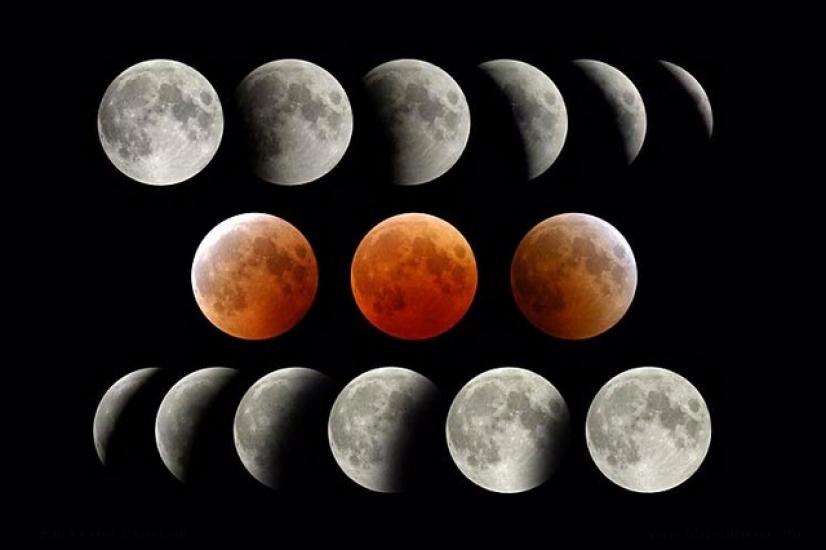Observe the Lunar Eclipse

Use the Observatory's telescopes to view the total lunar eclipse and other astronomical objects. Knowledgeable staff and volunteers will explain each stage of the eclipse as it happens.
Tickets are not required to use the telescopes. There will be a ticketed event, Museum Moonshine, happening in and around the Observatory dome from 8:00 to 10:00 pm. The event has sold out. During Museum Moonshine, free public observing with portable telescopes will take place on the eastern edge of the terrace, accessible from 4th Street SW. Restrooms at the museum will not be accessible to the public until 10:00 pm.
Accessibility: The terrace and Observatory dome are accessible. Viewing through the main telescope is fully accessible to all visitors with an extended eyepiece.
Viewings are dependent on clear weather. Check the Observatory's Twitter feed the day of the event for updates on weather and closures.
National Air and Space Museum in Washington, DC
6th St. and Independence Ave SW. Washington, DC 20560
We rely on the generous support of donors, sponsors, members, and other benefactors to share the history and impact of aviation and spaceflight, educate the public, and inspire future generations. With your help, we can continue to preserve and safeguard the world’s most comprehensive collection of artifacts representing the great achievements of flight and space exploration.





